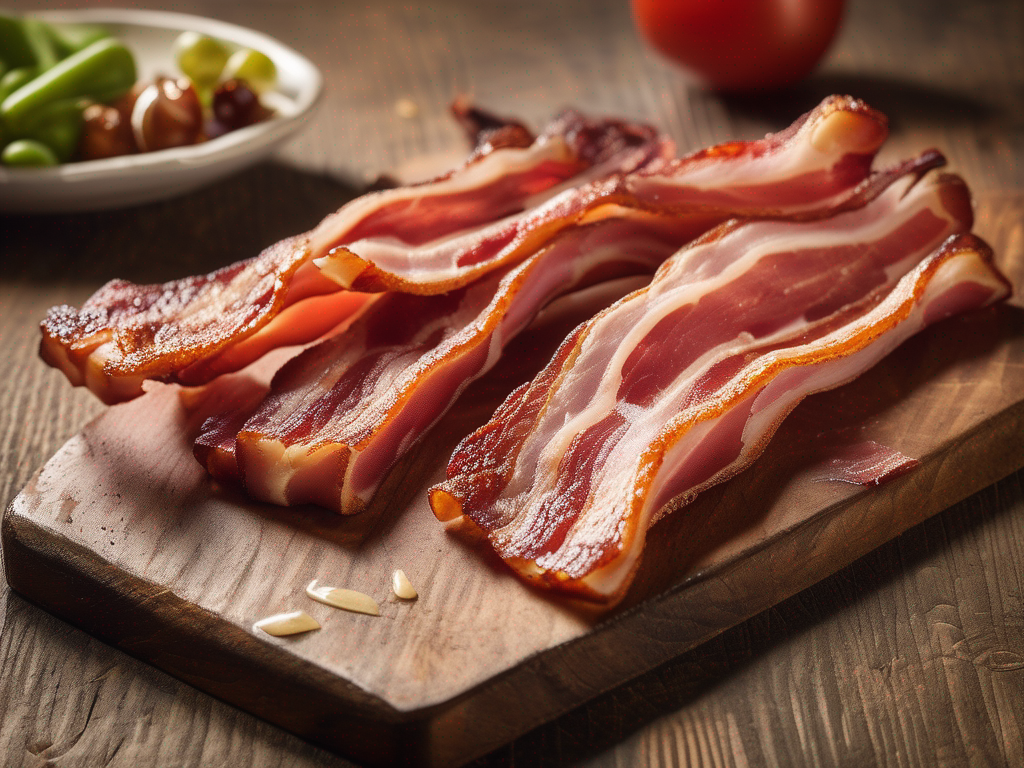
How Long Do Bacon Bits Last After Expiration Date
How Long Do Bacon Bits Last After Expiration Date
Bacon bits are a popular addition to salads, baked potatoes, and other dishes, adding a savory crunch and smoky flavor. However, like all food products, bacon bits have a shelf life, and it's essential to understand how long they last after the expiration date. In this blog post, we will explore the shelf life of bacon bits, how to tell if they have gone bad, and tips for proper storage to ensure food safety. (Bacon)
Understanding Expiration Dates on Bacon Bits
When purchasing bacon bits, you may notice that they come with an expiration date printed on the packaging. This date indicates the last day that the manufacturer guarantees the product's quality and freshness. It is important to note that the expiration date is not a strict deadline but rather a guideline for optimal quality.
Factors Affecting the Shelf Life of Bacon Bits
Several factors can affect the shelf life of bacon bits, including:
-
Storage Conditions: Proper storage is crucial for extending the shelf life of bacon bits. Exposure to heat, light, and moisture can accelerate spoilage.
-
Packaging: Sealed packaging helps protect bacon bits from contaminants and moisture, prolonging their shelf life.
-
Quality of Ingredients: The quality of the ingredients used in bacon bits can impact their longevity. Fresh, high-quality ingredients tend to last longer.
-
Handling: Proper handling, such as using clean utensils to scoop out bacon bits, can prevent contamination and extend their shelf life.
Shelf Life of Bacon Bits After Expiration Date
Contrary to popular belief, bacon bits can still be safe to consume after the expiration date has passed. However, it is essential to inspect the bacon bits carefully before consuming them. Here are some guidelines to help you determine if bacon bits are still safe to eat:
Signs that Bacon Bits Have Gone Bad
-
Change in Color: Spoiled bacon bits may appear discolored or have dark spots.
-
Off Odor: If bacon bits emit a sour or rancid smell, it is a sign that they have gone bad.
-
Texture Changes: Mold growth, clumping, or a slimy texture are indicators of spoilage.
-
Taste Test: If the bacon bits taste off or have a bitter flavor, it's best to discard them.
How Long Can Bacon Bits Last After Expiration Date?
In general, bacon bits can remain safe to eat for 1-2 months past the expiration date if stored properly. However, it is crucial to use your judgment and rely on sensory cues to determine their freshness.
Tips for Proper Storage of Bacon Bits
Proper storage is key to extending the shelf life of bacon bits and maintaining their quality. Here are some tips to help you store bacon bits correctly:
-
Sealed Container: Transfer bacon bits to an airtight container or resealable bag to protect them from moisture and contaminants.
-
Cool, Dark Place: Store bacon bits in a cool, dark pantry or cabinet away from heat sources and direct sunlight.
-
Refrigeration: While bacon bits do not require refrigeration, storing them in the refrigerator can prolong their freshness.
-
Freezing: For long-term storage, bacon bits can be frozen in a freezer-safe container for up to 6 months.
Conclusion
In conclusion, bacon bits can last beyond their expiration date if stored properly and inspected for signs of spoilage. By understanding the factors that affect the shelf life of bacon bits and following proper storage guidelines, you can enjoy this flavorful topping in your favorite dishes while ensuring food safety. Remember to trust your senses and prioritize food safety when consuming bacon bits past the expiration date.
For more information on bacon and its various uses, check out our guide on bacon. Stay informed, stay safe, and enjoy your culinary adventures with bacon bits! (Bacon)
Related Posts
Here are some other articles you might find helpful: